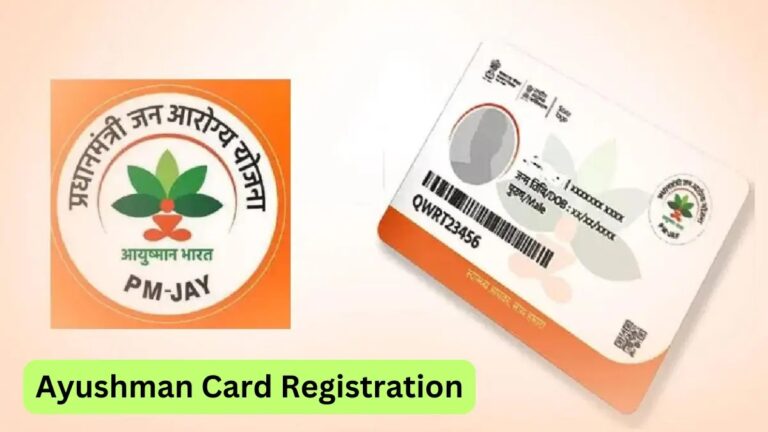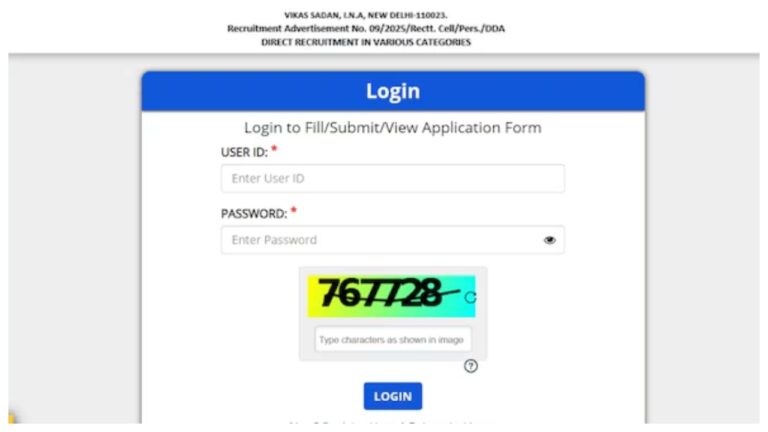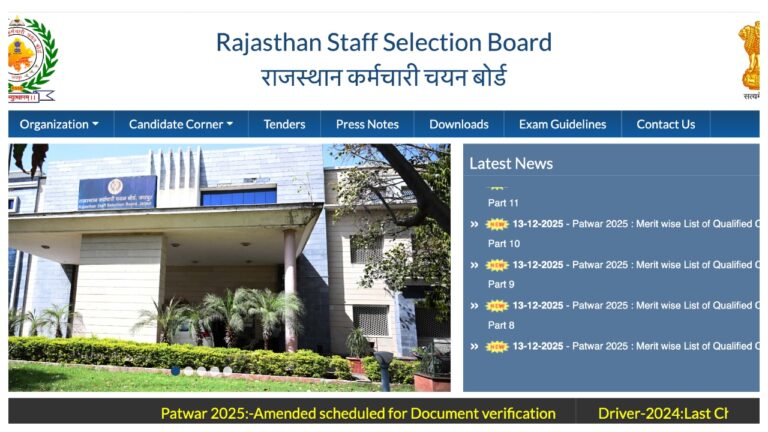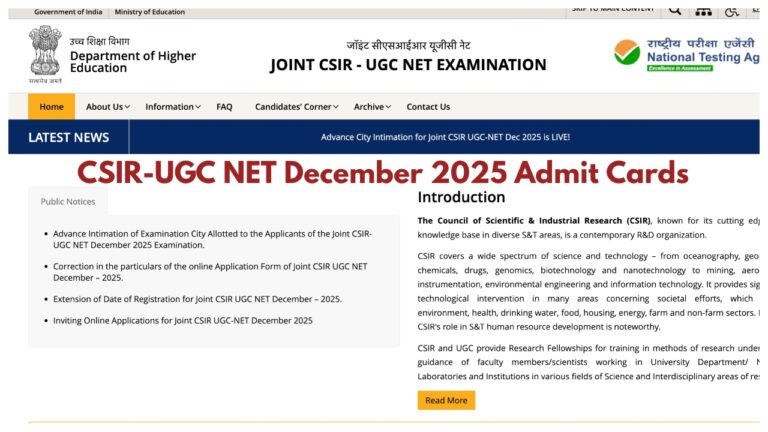UPS- The central government has given its employees the option to shift from the National Pension System (NPS) to the Unified Pension Scheme (UPS). Under UPS, employees will get a fixed monthly pension after retirement. This scheme has come into effect from April 1, 2025.
UPS is a fund-based pension scheme in which both the employee and the government contribute. This scheme provides a fixed monthly pension, which will be based on the average salary before retirement.
What is the difference between NPS and UPS?
NPS is market-linked, in which returns depend on the stock market and bonds. You will get guaranteed pension in UPS. NPS has higher risk as it is market dependent, whereas UPS is a low risk option. In NPS the pension amount depends on the investment, whereas in UPS a minimum monthly pension of ₹10,000 is guaranteed. This pension will be available after 10 years of service. There will also be a benefit of up to 14% tax-free contribution in UPS, along with the government contributing an additional 8.5%.
Once UPS is opted for, employees cannot switch back to NPS.
How will pension be calculated in UPS?
50% of the average basic salary of 12 months before the employee’s retirement will be given as monthly pension.
Full guaranteed pension will be given after completing 25 years of service.
If the service period is between 10 to 25 years, proportionate pension will be given, but a minimum monthly guarantee of Rs 10,000 will be there.
Pension for employees taking voluntary retirement (VRS) will start from their normal retirement age.
Employee’s contribution: 10% of Basic Salary + Dearness Allowance (DA).
Government Contribution: 10% of Basic Salary + DA + 8.5% additional (Total 18.5%).
How to make changes in UPS?
Online Method
- Visit the website https://www.npscra.nsdl.co.in/ups.php.
- Click on UPS Migration page.
- Select UPS option and fill in the required details.
- Submit the form and get the confirmation.
Offline method
- Get the UPS Migration Form.
- Fill all the required information.
- Submit it to the concerned government office.










